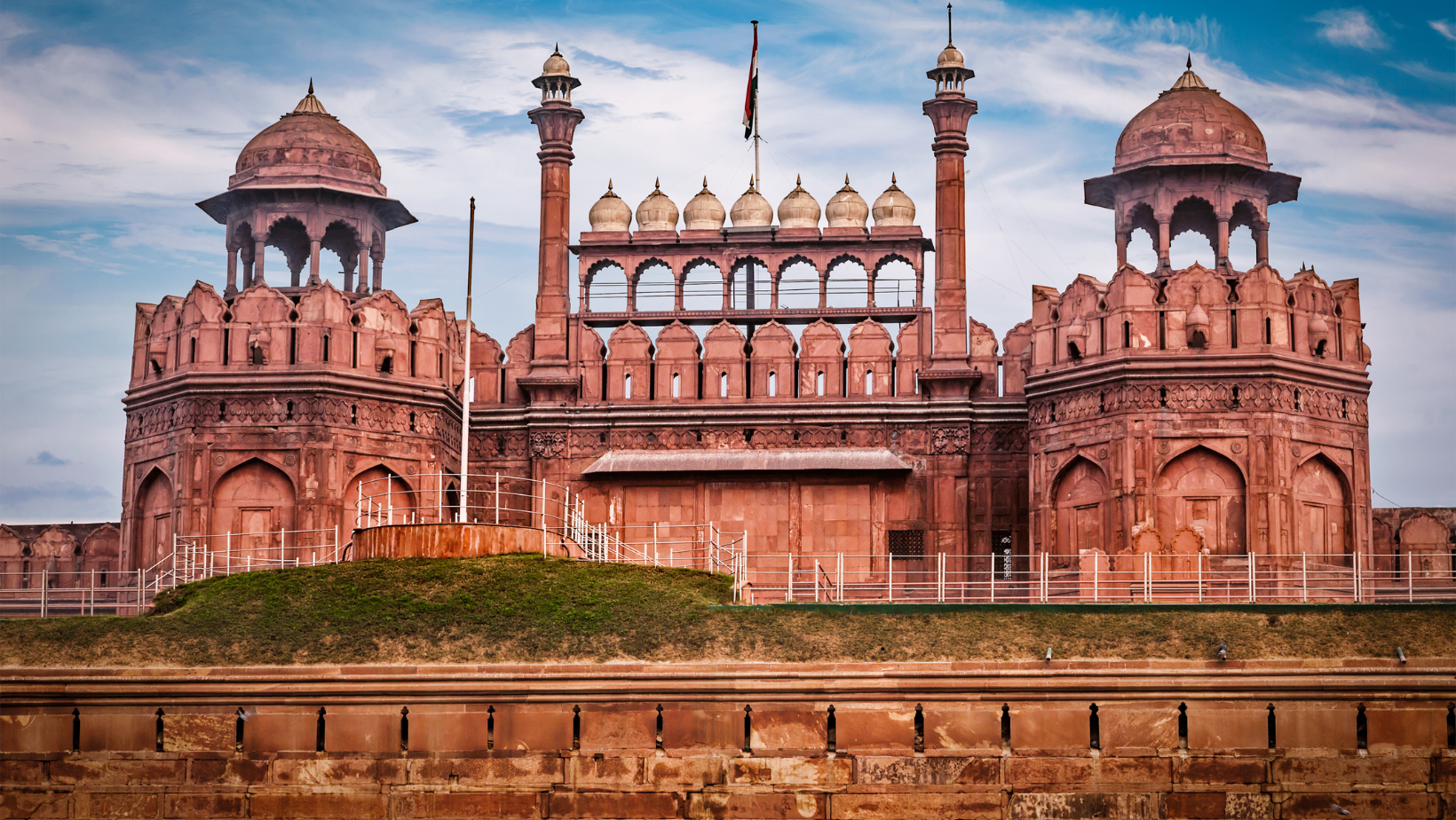
9 tips to know before travelling to India
India is a vibrant, colourful and somewhat chaotic country that we think absolutely everyone should visit at least once. A trip to India is like no other experience you will ever have so we’ve compiled this list of top tips for India to help you understand how to prepare and know what to expect from your journey through this amazing country.
Expect Chaos
Almost wherever you go in India, it’s likely to be chaotic. India has overtaken China as the most heavily populated country in the world and people are everywhere. Thinking you’ll get that perfect selfie at the Taj Mahal with no one else in it? Think again – no matter how early you go you’ll always be in the company of hundreds if not thousands of other people at major tourist sites. Our tip is to get off the beaten track a little. Despite India’s huge population, there are still some sites and places where you can get off the tourist trail and enjoy your own company.
Traffic is insane, we don’t know how people drive in it. Taxis, private cars, tuk tuks and sometimes even camels and elephants….oh and of course there are always cows in the road, and at tourist sites, and on the footpath and blocking your shoes when you come out of a temple. If you’re planning on walking anywhere, be aware that as pedestrian crossings mean nothing. Traffic lights mean almost nothing. Footpaths where they exist don’t mean much either and you can still get run over. One of our number one tips for India is to exercise caution at all times.
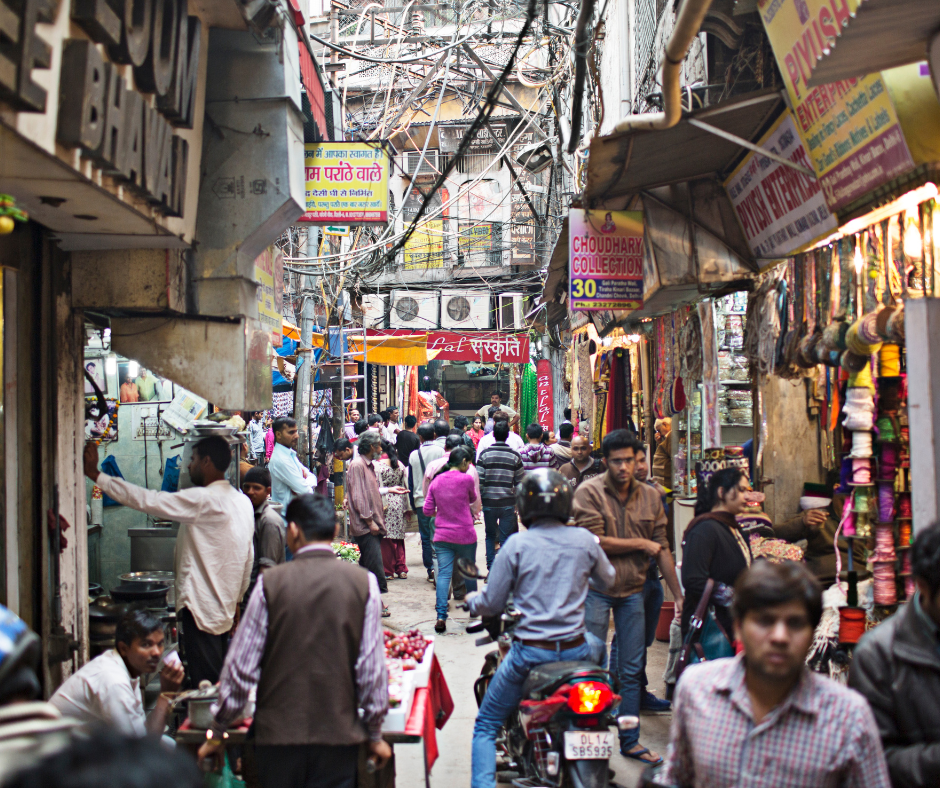
Markets, especially in old Delhi are a crush, not for the faint of heart and not for the claustrophobic. The vendors also aren’t shy and will sometimes chase you down the road for a sale.
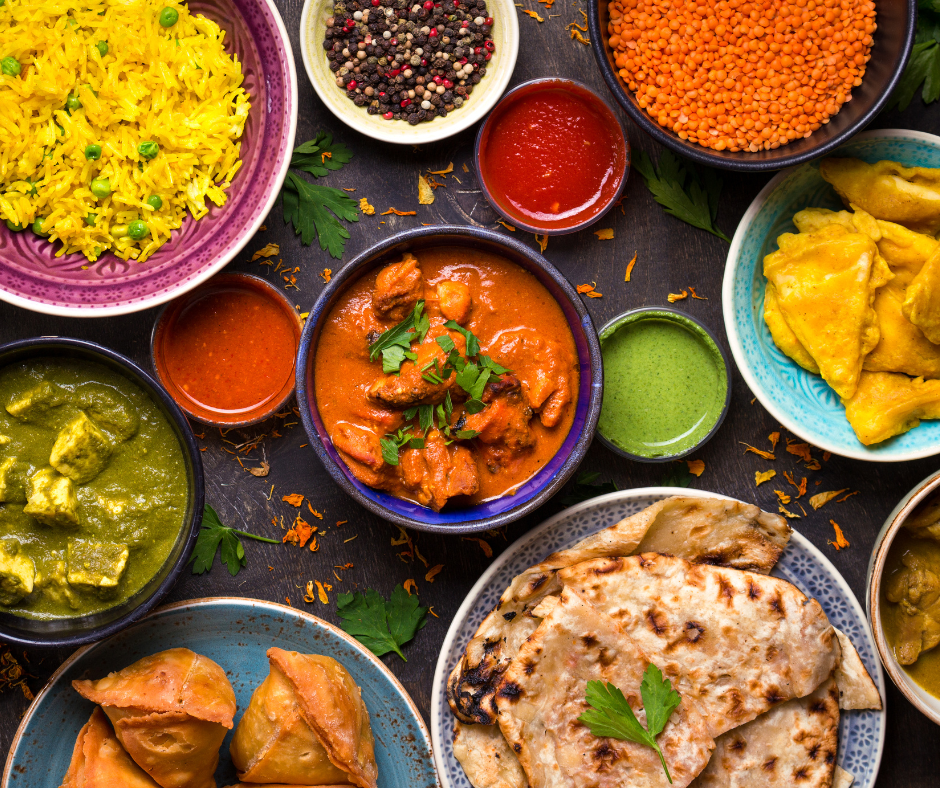
Expect Curry
We REALLY hope you like curry. For dinner, for lunch and yes…even for breakfast. While trying the local food is and should always be a highlight, if you’re in India for an extended period of time the local menu can get tiresome, even for those who LOVE Indian food. We don’t just mean tiresome for your tastebuds either, we mean tiresome for your stomach which could become upset because it’s simply not used to Indian food every night. We usually don’t shame western travellers for the occasional McDonalds meal, in fact we recommend it in most places where the menu is vastly different to back home so that people can give their stomachs a break and not end up with the dreaded ‘Delhi Belly’. The scenario in India is a bit different however, as McDonalds are not widely spread and the menu in the restaurants is very different to back home. There are no meals including beef or pork, so options are limited to chicken burgers of McNuggets – or you can try some of the local specialties, which all have curry on them.
There’s also plenty of food. When served a meal you might feel there’s been some confusion as most meals seem to be enough for three people. In hotels where there is a buffet you might find that after you’ve gone up and gotten yourself some food the servers will get you more food from the buffet and bring it to your table.
The time Indian’s have dinner can also affect you. Indians as a rule don’t eat before 7.30pm at night. This is something that many westerners struggle with as dinner at 8pm, plus lots of unfamiliar spices, plus huge meal, equals upset stomach, acid reflux and no sleep. One of our top tips for India in regard to the food is to have a large late lunch and then if needed a small snack or dessert for dinner.
Where’s the beef?
It’s time to talk about cows. As mentioned above they are everywhere! Except on your plate. India is a Hindu country and as such cows are sacred. Beef is noticeably missing from the menu in all restaurants including western chains like McDonalds.
It’s also worth mentioning that because cows are sacred, they have right of way, everywhere. You won’t catch your taxi or tuk tuk driver honking at a cow or even getting out of the car to move the animal along. Huge traffic jams are caused in the cities because there is a cow chilling out in the middle of the road. You’ll find them sitting outside restaurants, on traffic islands, outside temples and even blocking your path down small streets. Top tip – watch where you step!
The good news is they’re kind of adorable, sitting in your path, chewing cud. Everyone looks after them, so they always look in good condition and sometimes they even make for some great photo opportunities.

(Picture taken during a garbage strike in Jaipur – its not usually this messy we swear!)
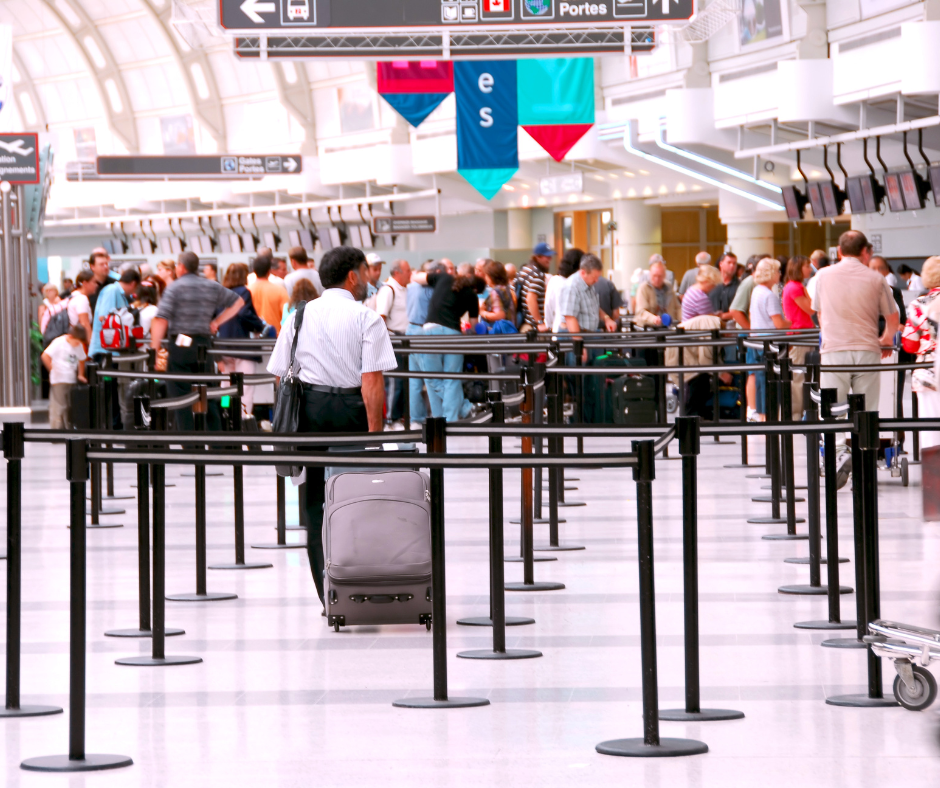
Airports are awful
Flying domestically with in India is perfectly safe, but there is simply no way to sugar coat the fact that the airports, will leave you feeling frustrated and stressed out. This is in no small part to the security at airports in India. You have your bags x-rayed on entry to the airport, then someone puts a cable tie on your checked luggage before you check in so it can’t be tampered with. This obviously becomes a problem when you check in at your hotel at the other end, jump in the shower and can’t access your clean clothes because your bag is cable tied shut and your scissors are in said bag! One of our top tips for India, as soon as you check in anywhere ask the hotel check in agent to cut the cable tie off your bag before even going up to your room.
This might seem trivial and it is, but oh no it doesn’t stop there. We haven’t even started on the actual airport security which takes place before you go to your gate. The security screening in India has to be the most bonkers we’ve experienced anywhere in the world. You usually expect to take your laptop out at most places (even this is becoming obsolete in some places), shoes off and maybe your jacket if you have one and a belt if it sets off the detector.
In India, they want all your electronic devices out and we mean ALL of them. Laptop, laptop charger, power bank, removable hard drive, camera, camera lens, camera charger, phone, phone charger, selfie stick (yes you read that right), fit bit, fit bit charger, headphones and any miscellaneous charging cables you might be carrying. Oh, and all the junk jewellery you bought in Jaipur for good measure…you know just in case you were planning on hijacking the plane with that pair of earrings you bought for your Mum. We always recommend keeping calm in these situations and trying to remain polite with officials on a power trip – do be aware that security in Indian airport requires patience that is next level.
Then, (bet you thought we were done) as if that’s not bad enough you often get searched again at the gate before you get on the plane and on some occasions you’ll even have to go through it all again on arrival in your destination!
One of our top tips for India (actually our very top tip) is to keep all your electronic devices in a separate bag in your carry on so that you can pull them all out at once at security, rather than rifling around to find them all, inevitably forgetting one and setting off the detectors.
Take the train
See above point for point one on why you should consider taking the train wherever possible. As you can imagine, given the above, there are some journey’s where flying may not be quicker but taking the train is certainly far less stressful. For journeys for example, from Jaipur to Bikaner we recommend the train. For many journeys there often aren’t direct connections via air meaning you need to change planes, which means going through the above twice in one day and also waiting for your connection. You really don’t save much time by flying and arrive at your destination, flustered, sweaty and just wanting a shower….but oh no you can’t because all your clothes are trapped in your bag which airport security has cable tied shut!
If you have the time and are keen on seeing a bit more of the country jumping on the famous train network and letting it leisurely get you from A to B is one of our best tips for India.
Taking the train is also a great way to get to know some local people. People on the trains are very friendly and will often bring food and ask you to join them in their meal. Trains are very comfortable and even travelling in the upper classes is still much cheaper than flying. Taking the train is one of our top money saving tips for India.
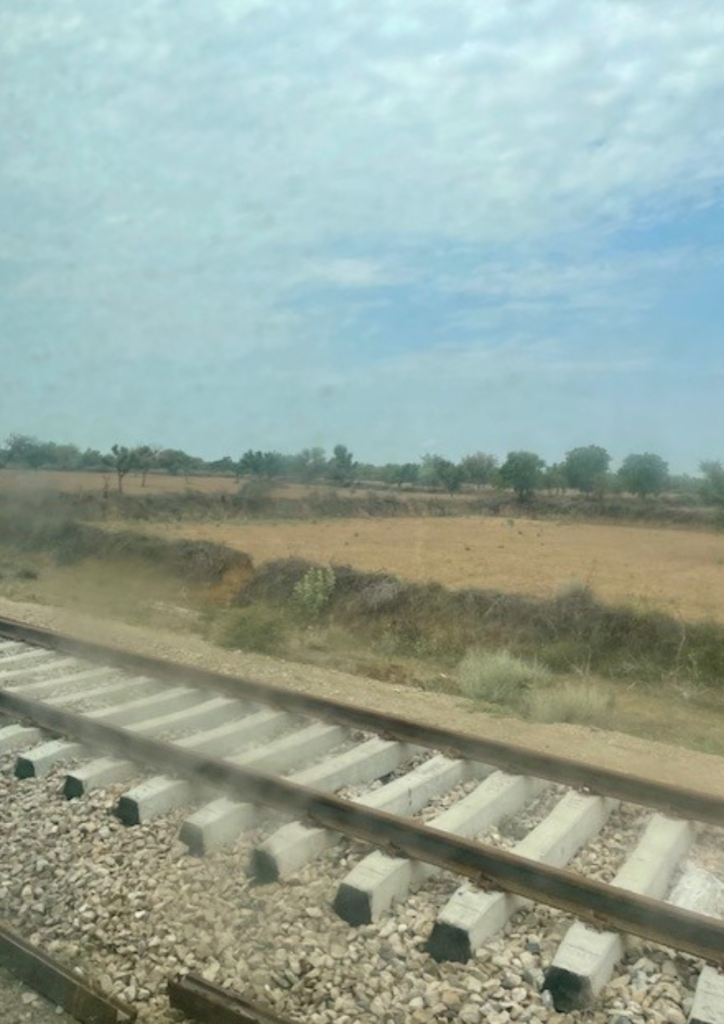

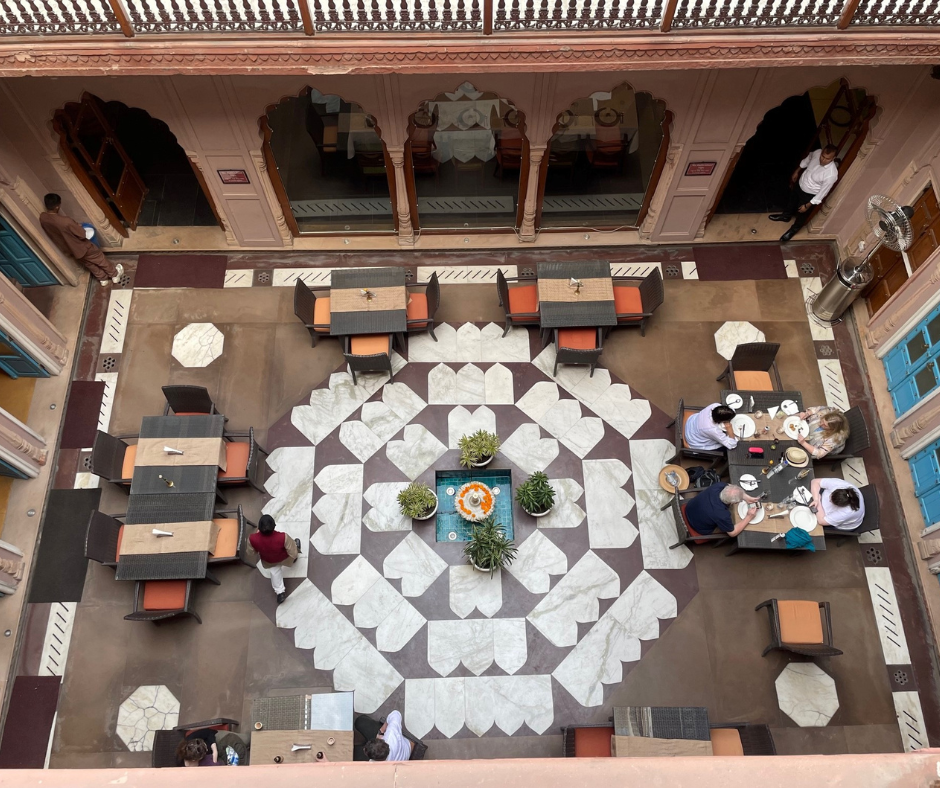
Where to stay?
Another of our top tips for India is there is no need to stay in some non-descript, soulless international chain hotel, where you could be anywhere. India has a vast network of traditional and historical properties, called ‘heritage properties’. On the heritage list you’ll find old mansions, home stays, forts and palaces. In addition to this, India is home to all sorts of quirky accommodation that you’ll be hard pushed to find anywhere else. Why not take the opportunity to stay in a haveli (family mansion), luxury desert camp, wellness retreat, ashram or even a houseboat.
Most of these places have all the same creature comforts as the big chains, but with so much more character, tradition, and in-built authentic culture. Many of these places are owned or have been owned by a single family for generations and the owner will often make time to meet you, meaning you get for forge a really special local connection with your accommodation provider. These people know their city and will be able to provide you with amazing recommendations for sightseeing and even more top tips for India.
You will be treated well, but differently…
This is a bit of a touchy subject. Hospitality in India is like nowhere else on Earth, everywhere people are so welcoming. In some places however, it goes beyond welcoming. Sometimes you will run into people, in the service industry in particular, who seem to treat you as better that they are. It could be something as simple as bringing the food from the buffet, so you don’t have get up and get it yourself or something like, a doorman holding an umbrella over you in the rain while you walk to the door, while they get soaked. Whatever it is, you are bound to notice it at some point and these days most of us are from countries where we like to think of everyone as equal no matter who they are and this aspect of Indian society might feel uncomfortable. At times, it can feel like you have servants, which is not something most of us are used to or would want to get used to. In order to understand this behaviour, you need to understand India’s caste system. This is a system of social hierarchy that dictates who Indians can marry, what profession they can take as well as all aspects of their social lives. You can learn more about India’s caste system HERE.
Apart from the system of social hierarchy, and depending on where you go, you may find that people are fascinated with you in general. Local people may want to have their picture taken with you, you may catch people sneakily filming you or even want to video call their friends and family so you can say hello. One of our top tips for India is to appreciate being a minor celebrity. Approach it with good humour and you’ll make some new friends and after all you can go home and tell people, ‘Hey, I’m famous in India!’

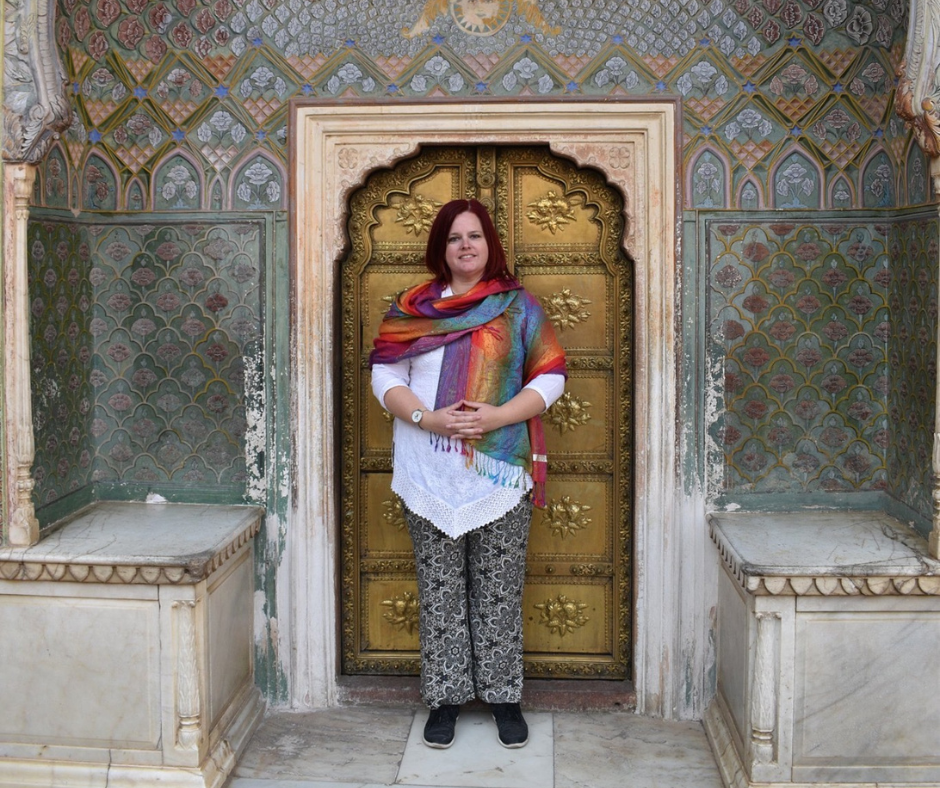
Women travellers
For solo women travellers, the hassle factor is not a strong as it is in for example the Middle East. You will find that most men will leave you alone. That being said, it is still best to not draw attention to yourself by showing too much skin which can be a cultural no no here. Culturally Indian women usually cover their legs and chest, showing arms and tummy is completely ok and you will notice this in the way the local women dress.
One of our top tips for India is to dress as the locals do. We recommend some long, light pants and a light short sleeve shirt. If you don’t have, there are plenty of places to buy this kind of attire in the various markets around the country. Just make sure you take a look around and what the local ladies are wearing if you don’t want to stand out too much.
Apart from dress, we recommend all the other safety precautions you might take at home.
Haggling
Haggling is everywhere in India. In local markets, it will be expected. Our advice when it comes to haggling is to work out what you’re happy to pay for an item. Don’t go in with no budget and just try to beat them down. Make you first offer half of what you’re willing to pay and allow the vendor to talk you up to it.
Once you have agreed on a price, you are obligated to pay for the item. Backing out of a sale when the seller has agreed to your price is the height of bad manners – that goes for anywhere in the world where haggling is a thing, not just India. Don’t go into a negotiation with a seller for an item if you have no intention of buying it.
Once you have purchased the item, if you see someone else with the same thing, don’t ask ‘how much did you get yours for?’ This isn’t due to any cultural faux pas, its more to do with the fact that either you paid more, or they paid more. Meaning either you will be annoyed at having what you now perceive as too much, or they will. Another of our top tips for India is if you’re happy with the price you paid, don’t ask others it will ruin the experience for both of you.
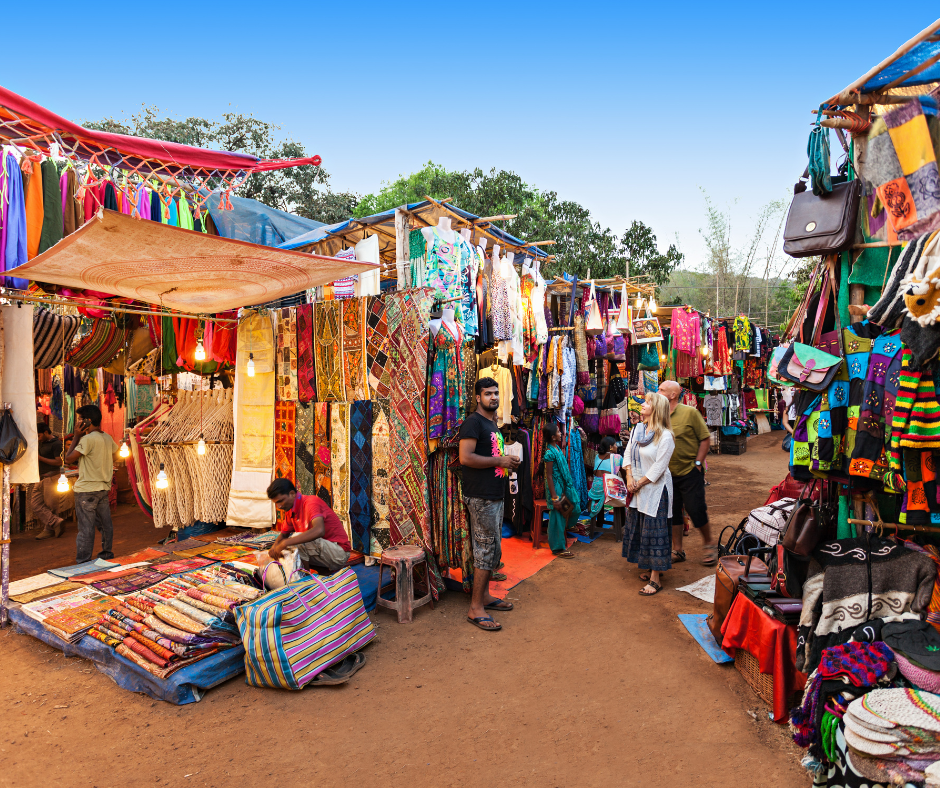
There are all sorts of ways to go about haggling especially if you’re travelling with a friend. Good cop, bad cop works really well. If you’re with your partner they spend the entire transaction telling you, that no you don’t need another pair of shoes or another pashmina, which you look at them and say ‘pleeeaassee?’ while the merchant helps facilitate by bringing the price down to the point where you just can’t refuse. The I’m short on time ploy works quite well too, heading out the door saying you have to meet your tour group or bus will create urgency for the seller to make a deal and you might get the price closer to what you are willing to pay.




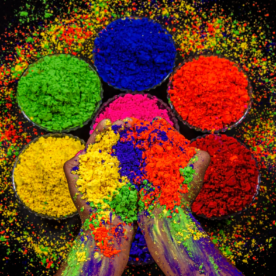
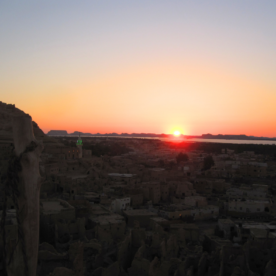
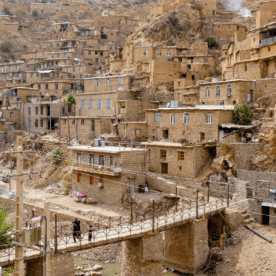

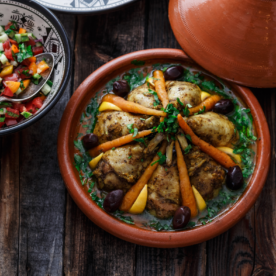
Leave a Reply